Filter By OPTIONS
- 250ml $14.95
- 500ml $20.95
- 100ml $19.95
-
Filter By Stock
- In Stock (7)
Whitefly
 If you give your plant a quick shake and lots of tiny white flies burst into flight then without a doubt you have an infestation of whitefly.
If you give your plant a quick shake and lots of tiny white flies burst into flight then without a doubt you have an infestation of whitefly.
Whiteflies are tiny pests that feed by piercing and sucking sap from a plant, causing the leaves to go yellow and mottled. The adults look like small moths approximately 2-3mm long and are covered with a fine white powdery wax – hence their name. They are usually found on the underside of the leaf clustered together with a mess of eggs and wingless juveniles called nymphs. Both adults and nymphs secrete lots of waste called honeydew which attracts ants and causes sooty mould to grow.
A female whitefly lays around 200 eggs. When they hatch nymphs move about for a few days but then settle into one position where they remain until eventually turning into winged adults. Sometimes these nymphs are mistaken for scale.
There are several different types including greenhouse, silverleaf, ash and spiralling whitefly. They vary slightly in size and colour (some are pale green or yellowish) but all have similar habits of clustering on the underside of leaves and sucking sap.
Whitefly outbreaks cause plants to lose vigour, drop leaves and even fruit loss if the infestation is heavy. Sooty mould develops which again reduces vigour by blocking sunlight to the foliage. Whitefly can also transmit many viruses which harm plants further.
Plants Attacked
Whitefly attack a fairly broad range of plants including fruits and vegetables (eg tomatoes, beans, citrus, eggplants and others), soft leaf ornamentals, ferns, azaleas and roses. They are particularly troublesome in the veggie patch where numbers can explode and greatly impact on plant growth and yields.
Organic Control Method for Whitefly
- Apply Eco-Oil when whitefly first appear. Apply two sprays 3 days apart and repeat applications if whiteflies reappear. Spray both upper and underside of leaves to run-off. It is very important to do the two sprays close together to break their life cycle.
- Apply Eco-Neem when they first appear and reapply every 7 days if required. Again aim for good coverage on both sides of the leaves.
Some people have good success using companion planting to deter whitefly eg basil next to tomato plants. Another useful thing is to attract predatory insects by planting a range of flowering plants eg daisies, alyssum and herbs.

DIATOMACEOUS EARTH
Diatomaceous Earth is a silica rich powdered mineral and is 100% natural and non-toxic. It is made from the fossilised remains of freshwater single-c
From $8.95

DIATOMACEOUS EARTH - POWDER DISPENSER
Heavy duty dispenser used to spray Diatomaceous Earth. Is best used for smaller projects requiring a fine spray. For large jobs, use the DIATOM
$8.95

DIATOMACEOUS EARTH - SHAKER
Heavy duty stainless steel shaker used to sprinkle Diatomaceous Earth. Is best used for small to medium proje
$10.95
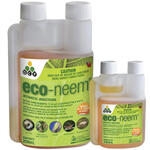
ECO-NEEM 100ml
Eco-Neem is a registered organic insecticide for the control of a broad range of chewing and sucking insects including: caterpillars, curl grubs, gras
$19.95
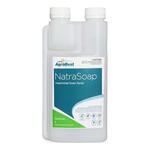
NATRASOAP 1L
NatraSoap Insecticidal Soap Spray offers a gentle yet effective way to control soft-bodied pests like mealybugs in your garden or crops. Made from nat
$29.95
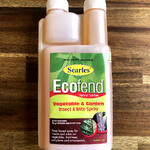
ECO-FEND Insect & Mite Spray 1L
Soap based spray for insects and mites on vegetables, fruit trees, pot plants and ornamentals. Soap based spray for insects and mites on vegetables
$45.95
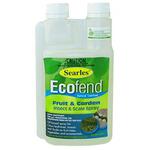
ECO-FEND INSECT & SCALE SPRAY 1L
Ecofend is an oil based spray for the control of insects and scale, such as Citrus leafminer, insects and scale on vegetables, fruit trees, pot plant
$45.95
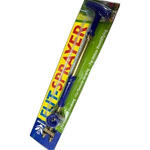
FLIT SPRAYER
Simply attach the tube to a regular water bottle, fill your container, and then screw on to your sprayer and you’re ready to go. Has a highly flexi
$17.95

